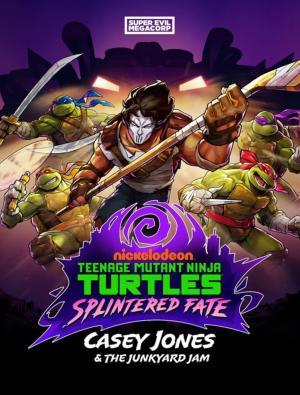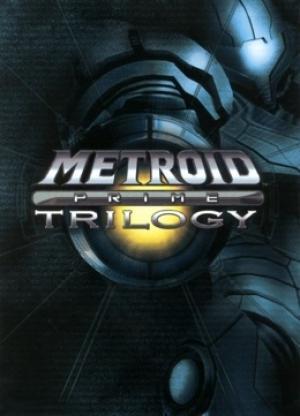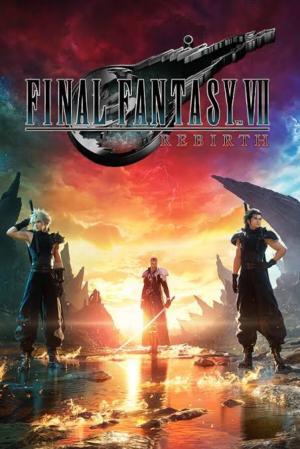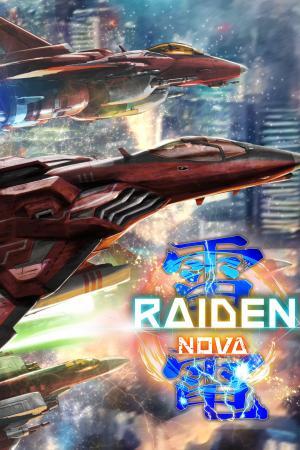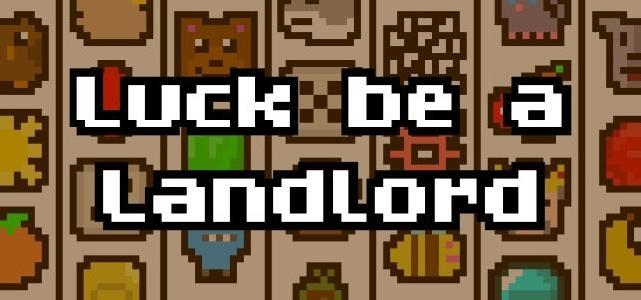
| Console: | PC |
| TV Standard: | NTSC-U |
| Country: | United States of America |
| Developer(s): | KID Corp. |
| Publisher(s): | KID Corp. |
| Release Date: | 2005-12-20 |
| Players: | 1 |
| Co-op: | No |
| ESRB: | T - Teen |
| Type: | Adventure |

Ever 17: The Out of Infinity is a visual novel video game developed by KID. It is the second entry in the Infinity series; it is preceded by Never 7: The End of Infinity, and followed by Remember 11: The Age of Infinity, the spin-off 12Riven: The Psi-Climinal of Integral, and the reboot Code_18. It was originally released in Japan on August 29, 2002, for the PlayStation 2 and Dreamcast, and was later ported to Microsoft Windows, PlayStation Portable, Android, and iOS. A localization of the Microsoft Windows version was released by Hirameki International in North America in 2005.
The game follows Takeshi Kuranari and a boy with amnesia who is referred to as "the Kid", who are trapped inside an underwater theme park together with a group of other people after a leak has flooded parts of the park; they cannot contact people on the surface, and due to high water pressure, the park is estimated to implode after 119 hours. The gameplay consists of the player reading the game's story, at certain points making choices that affect its direction, leading to one of several possible endings.
The development team included director Takumi Nakazawa, writer and planner Kotaro Uchikoshi, character designer Yuu Takigawa, and composer Takeshi Abo. Because the science fiction aspects of Never 7 had been positively received, Ever 17 was made with a larger focus on science fiction. The game has been positively received, with reviewers calling it one of the best in its genre, citing its story, characters, music, and graphics.
A remake, simply titled Ever 17, was developed by 5pb. and Cyberfront for Xbox 360 in 2011. It features various changes to the story and the characters, additional illustrations by Takigawa, and new music arrangements by Abo. The original visual novel's 2D sprites were replaced by 3D models; this change was done as 3D models were seen as being easier to animate.

